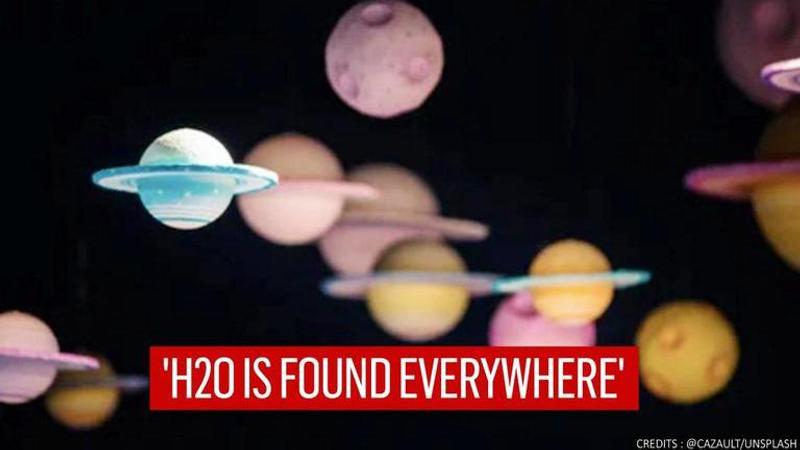Published 18:22 IST, February 25th 2021
Milky Way may be filled with aquatic planets like Earth, says new study
Most planets were formed by millimeter-sized dust particles of ice and carbon, which orbit around all young stars in the Milky Way, scientists revealed.

Water may be present during the very formation of many more planets like the Earth, this increases the hope of the presence of more habitable planets in the milky way, researchers from GLOBE Institute at the University of Copenhagen found. In a new study published on February 24 in The Faculty of Health and Medical Sciences journal, researchers argued that much like the planets Earth, Venus, and Mars, which were created from small dust particles containing ice and carbon, there may be more similar aquatic planets in the universe. Since liquid water is the basis to support ‘life’, and water molecule H2O is found everywhere in our galaxy, there is a great possibility that other planets may have been formed in the same way as Earth, Mars and Venus.
To back the finding, Anders Johansen and his team conducted an analysis on how the planets were formed. Following thorough research, they concluded that most planets were formed by millimeter-sized dust particles of ice and carbon, which orbit around all young stars in the Milky Way. Approximately 4.5 billion years ago, the same particles are accreted in the formation of the Blue planet that later was called ‘Earth’.
[NASA's Cassini spacecraft flying through plumes on Enceladus. Credit: NASA]
Proving theory of 'pebble accretion’
"Up to the point where Earth had grown to one percent of its current mass, our planet grew by capturing masses of pebbles filled with ice and carbon,” Anders Johansen, the lead researcher said in the study. He added, that the Earth took nearly five million years to shape as we know it today. “Temperature on the surface rose sharply, causing the ice in the pebbles to evaporate on the way down to the surface so that, today, only 0.1 percent of the planet is made up of water, even though 70 percent of Earth's surface is covered by water,” he said. Johansen also proposed a theory 'pebble accretion’, which he extensively researched with a team in Lund for over 10 years. The theory purports that the planets gradually increased in size into more habitable and spacious by clumping together.
[Neptune-sized extrasolar planet circling the star Gliese 436. Credit: NASA]
“All planets in the Milky Way may be formed by the same building blocks, meaning that planets with the same amount of water and carbon as Earth,” Johansen said. This implies there are potential places where life may be present, which occur frequently around other stars in our galaxy, provided the temperature is right,” he argued.
Co-author of the eye-opening study, Professor Martin Bizzarro, meanwhile, backed the theory saying that all planets get the same amount of water. This particularly suggests that there could be more habitable planets in the milky way which not only have not just the same amount of water and oceans, but also the same amount of continents as here on Earth. “This provides good opportunity for emergence of life”, he said. The team has been using advanced telescopes to observe more exoplanets orbiting the star other than the sun to discover more habitable exoplanets where traces of water can be found.
Updated 18:22 IST, February 25th 2021





